The Clean Air Chronicles
Brian and Irene's House

The Pollards' House
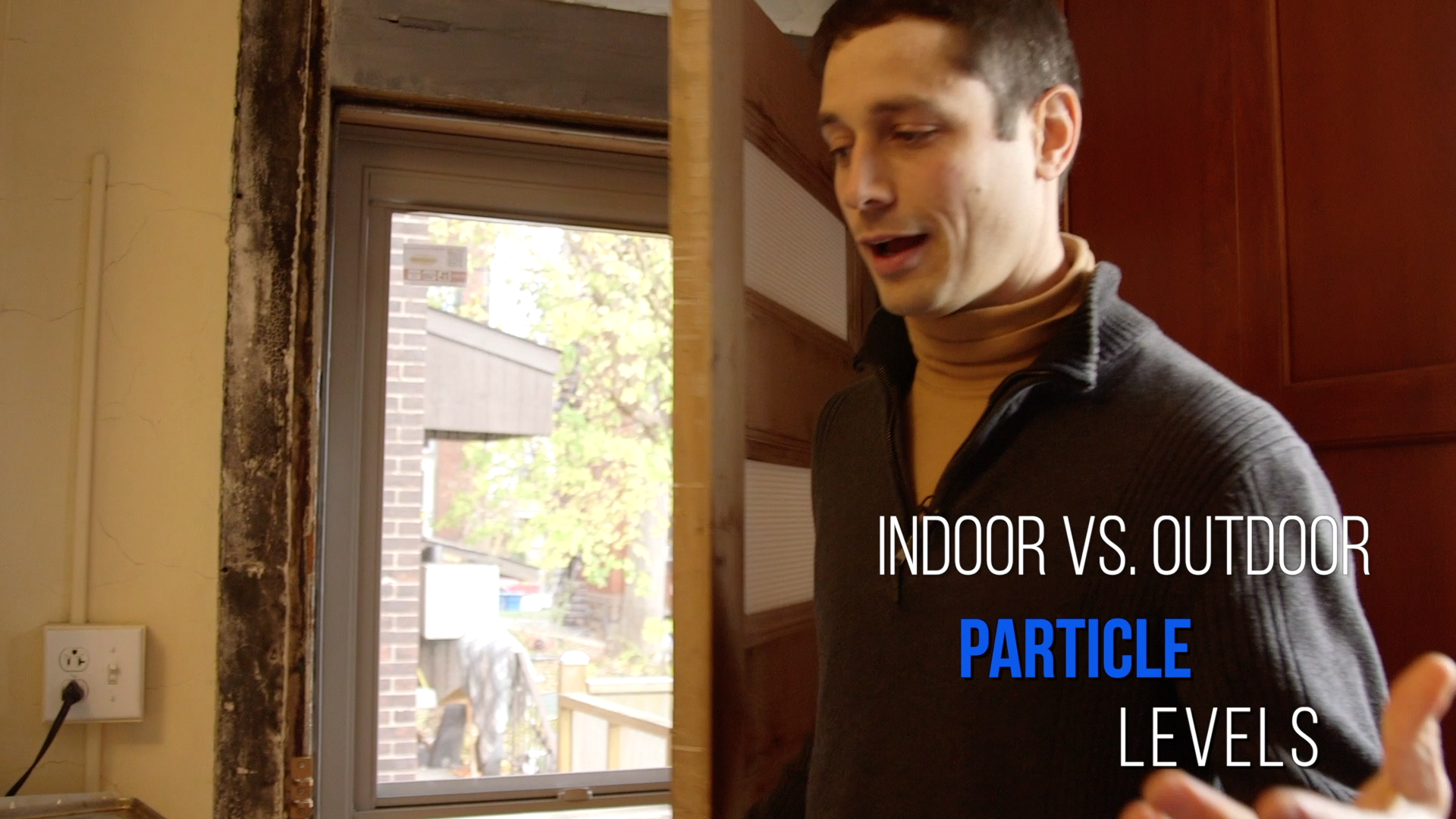
Andrew's House
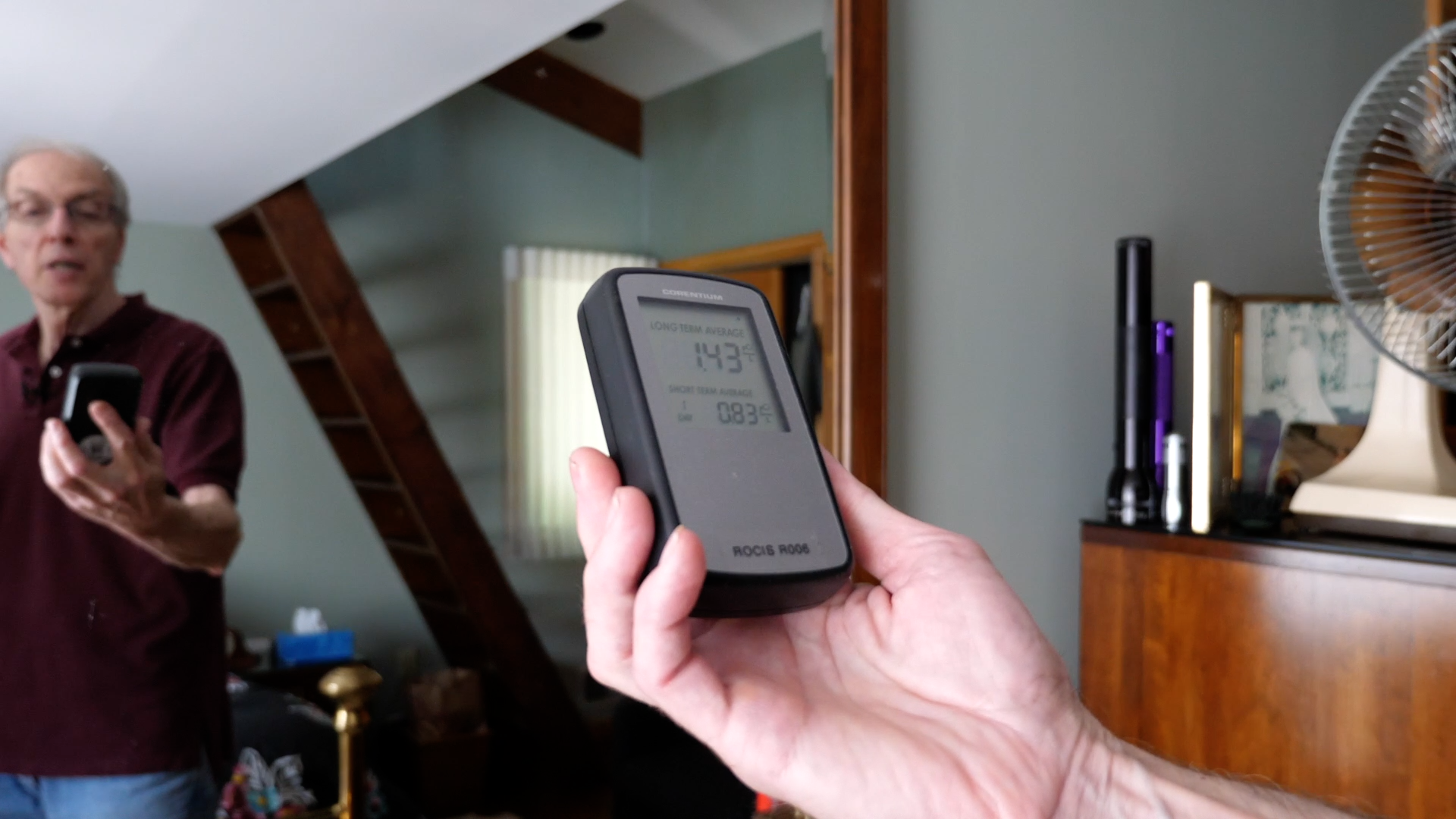
Brian and Irene's House
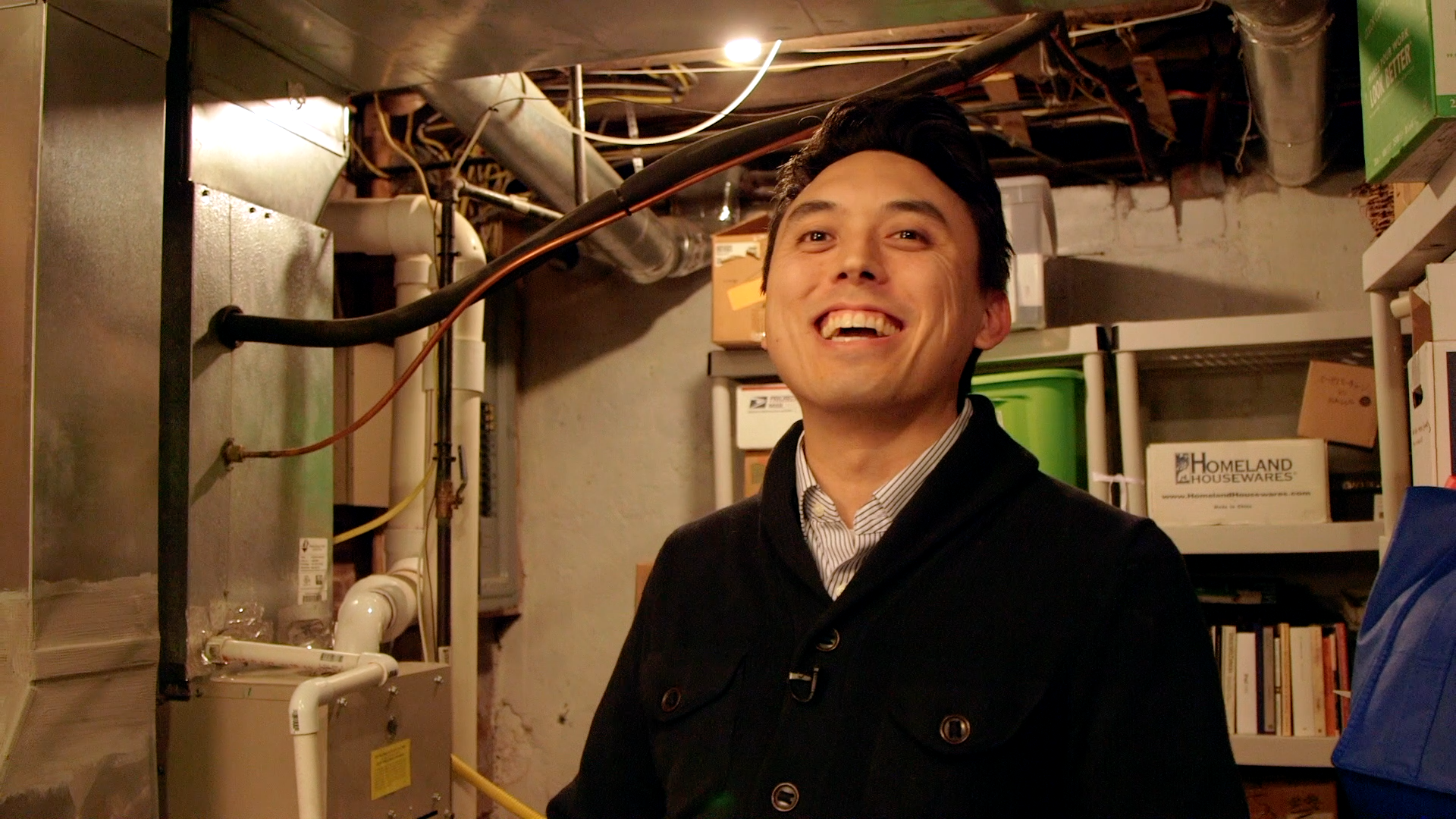
Chris's House
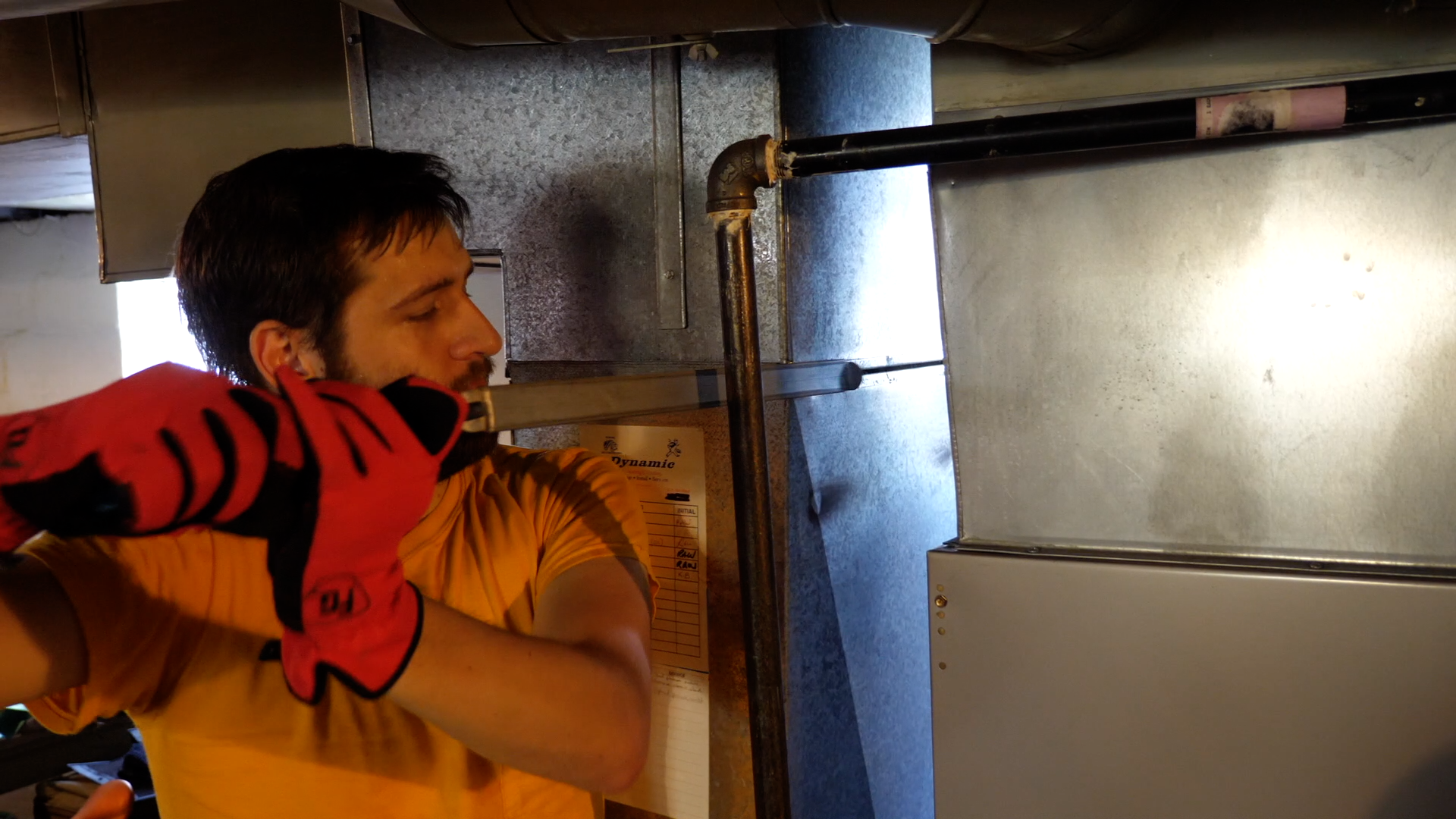
Ryan's House
Watch Brian and Irene's story
Since first joining the Low Cost Monitoring Project, Brian and Irene Joos have been continually working on improving their indoor air quality.
Over a period of five years, they have used ROCIS monitors to identify mitigation opportunities and track the impact of the changes they have made.
Find out more about their in-home improvements below.
Intervention Summary
PROBLEM AS FOUND
-
Brian and Irene’s home initially performed better than many other LCMP participants. However, long-term monitoring has provided insight into several opportunities for improvement, and Brian and Irene took action to create more effective filtration and reduce the sources of pollution in their home.
SOLUTION & RESULTS
-
Air handlers adjusted to optimize whole-house particle filtration
-
Vented range hood was added to reduce exposure to air pollutants from cooking
-
Basement surfaces sealed to reduce radon entry
-
ERV added to increase basement ventilation and reduce radon levels
-
Four portable air cleaners employed to further reduce particle levels
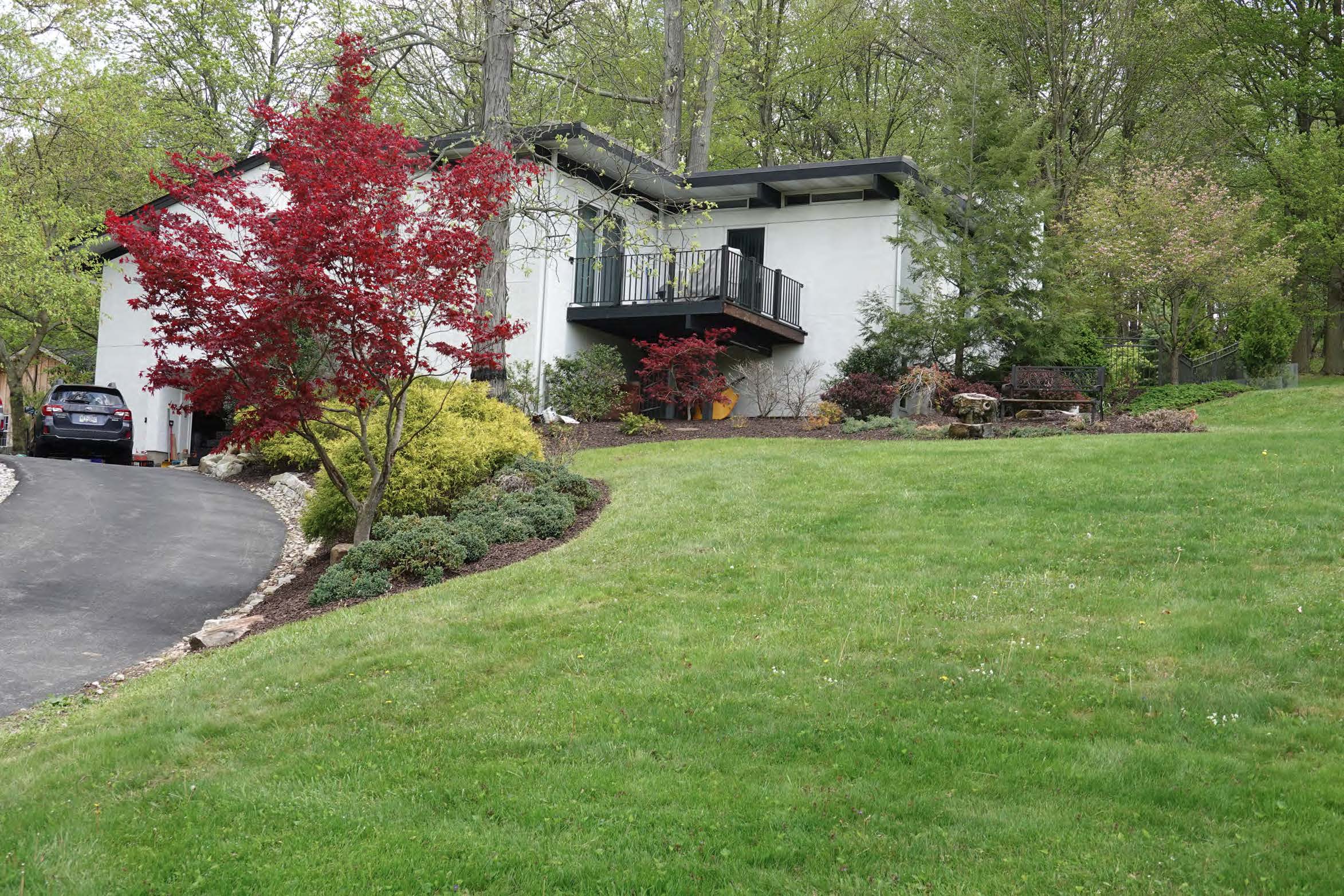
Brian and Irene’s kitchen hood is integrated with an over-the-range microwave. The duct, which runs through the cabinetry, vents to the outdoors, but because the range is located on an interior wall, this proved to be a challenging retrofit.
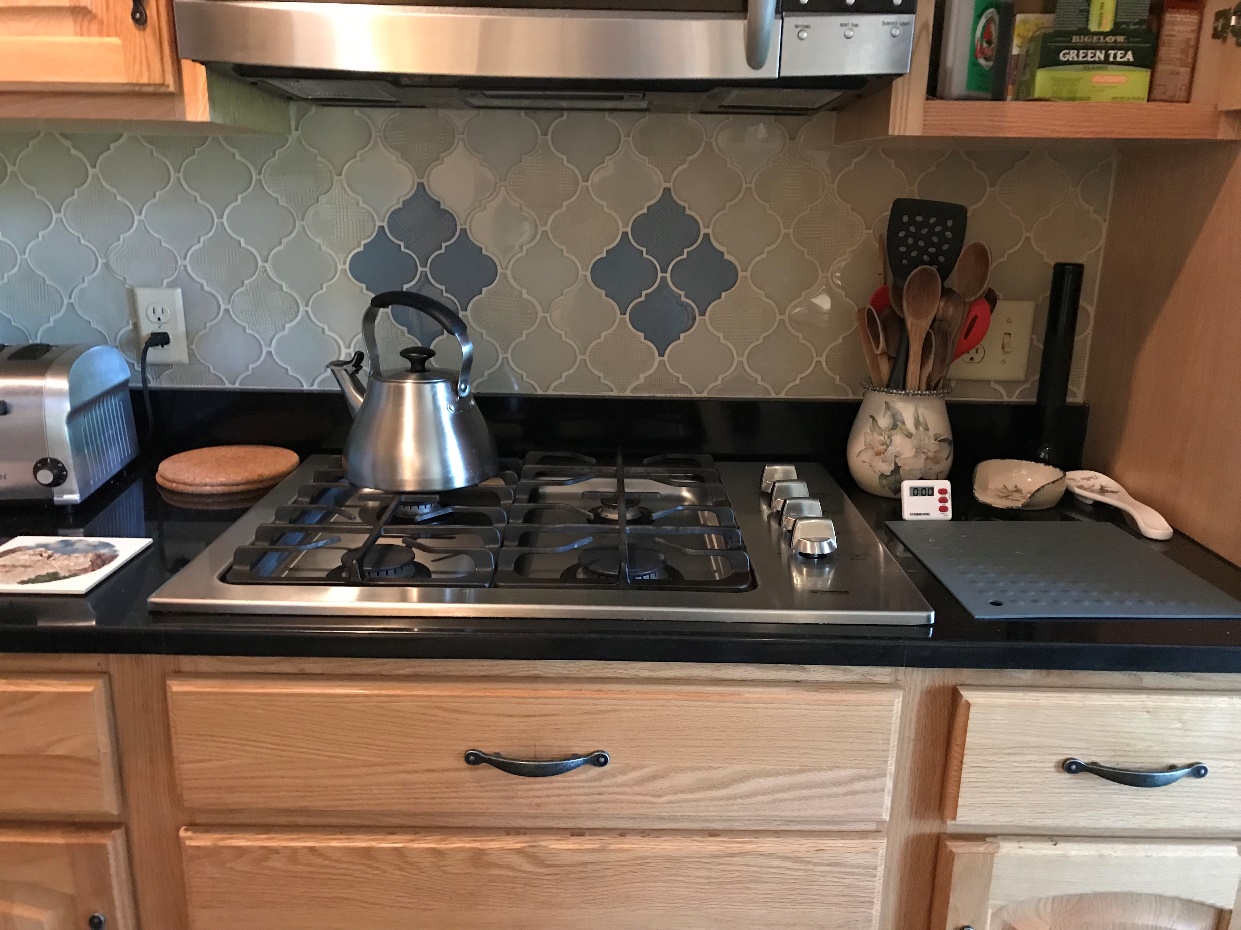
For more information about choosing and installing an effective range hood, see our Kitchen Range Hood page.
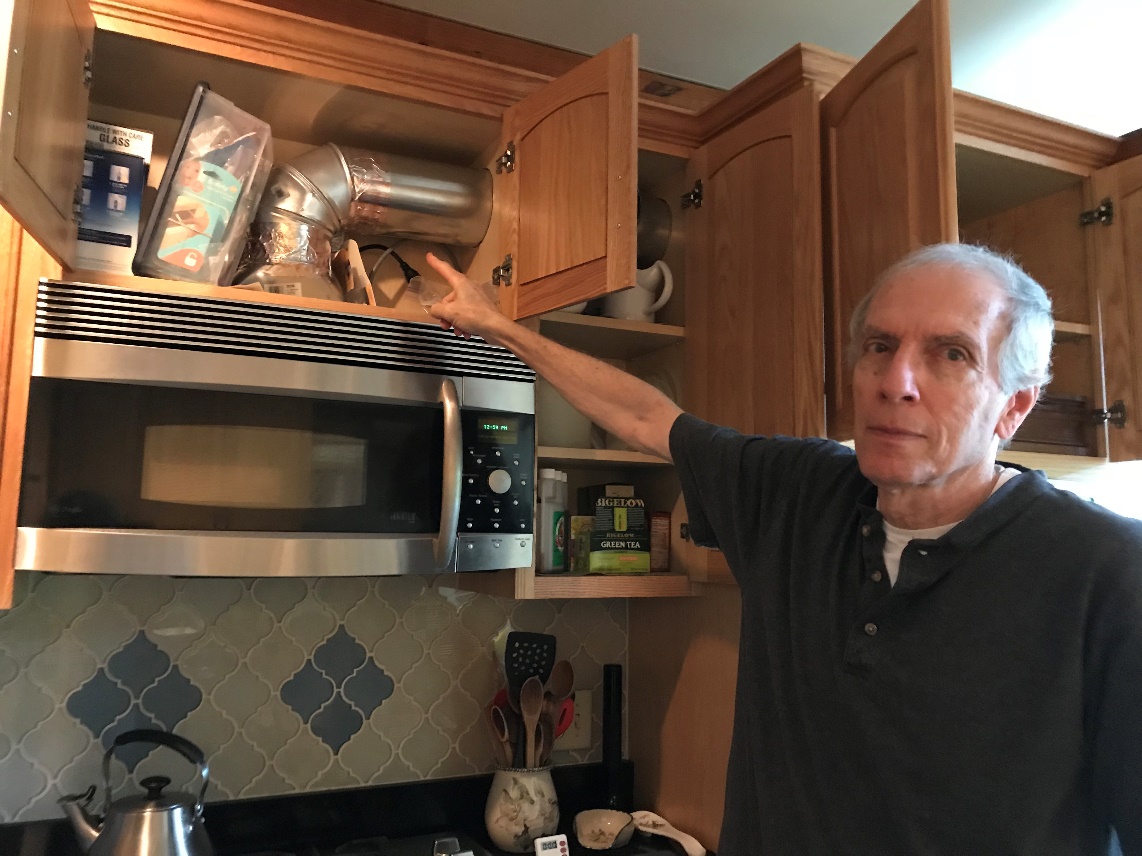
Recent monitoring at the Joos home shows that outdoor air quality isn’t the only factor at play—having houseguests also added to the particle count!
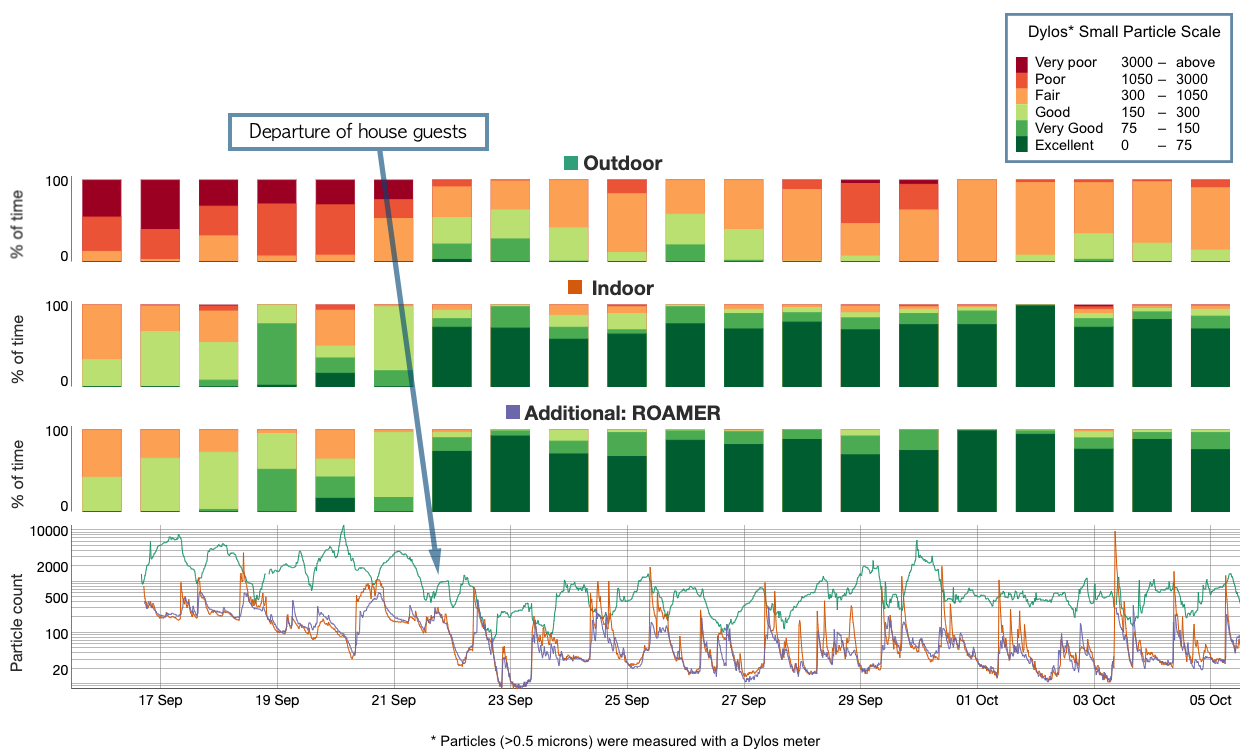
In the first week of monitoring, two factors impacted the indoor particle counts: 1) Outdoor air was “Poor” or “Very Poor” much of the time (note the red bars in the top “Outdoor” graph). 2) There were three guests in the house from Sept 15 through Sept 21. Starting Sept 22, outdoor particles were much lower, and indoor particles were consistently in the “Excellent” to “Very Good” range, as indicated by the deep green bars in the “Indoor” and “ROAMER” graphs. The Joos used four portable air cleaners 24/7 during the entire Sept 15–Oct 5 period.
Keep a Lid on It
Watch this webinar from ROCIS team member Tom Phillips to familiarize yourself with cooking pollutants and learn the best way to choose, install, test, and operate kitchen range hoods.
Low Cost Monitoring Project
Want to learn more about the ROCIS Low Cost Monitoring Project? Head over to our LCMP page to learn about how you can get involved with our next cohort.
A Guide to Radon
This guide from the EPA is geared towards citizens who want to know more about the impacts of radon on human health and the means of addressing radon infiltration in the built environment.
Wood Smoke Resources
How does wood smoke impact indoor air quality? Check out this webpage on wood smoke and explore all kinds of resources from the EPA.
Allegheny Wood Smoke Initiative
This website deals with the issues surrounding wood smoke air pollution from open burning, indoor appliances and outdoor wood boilers.
